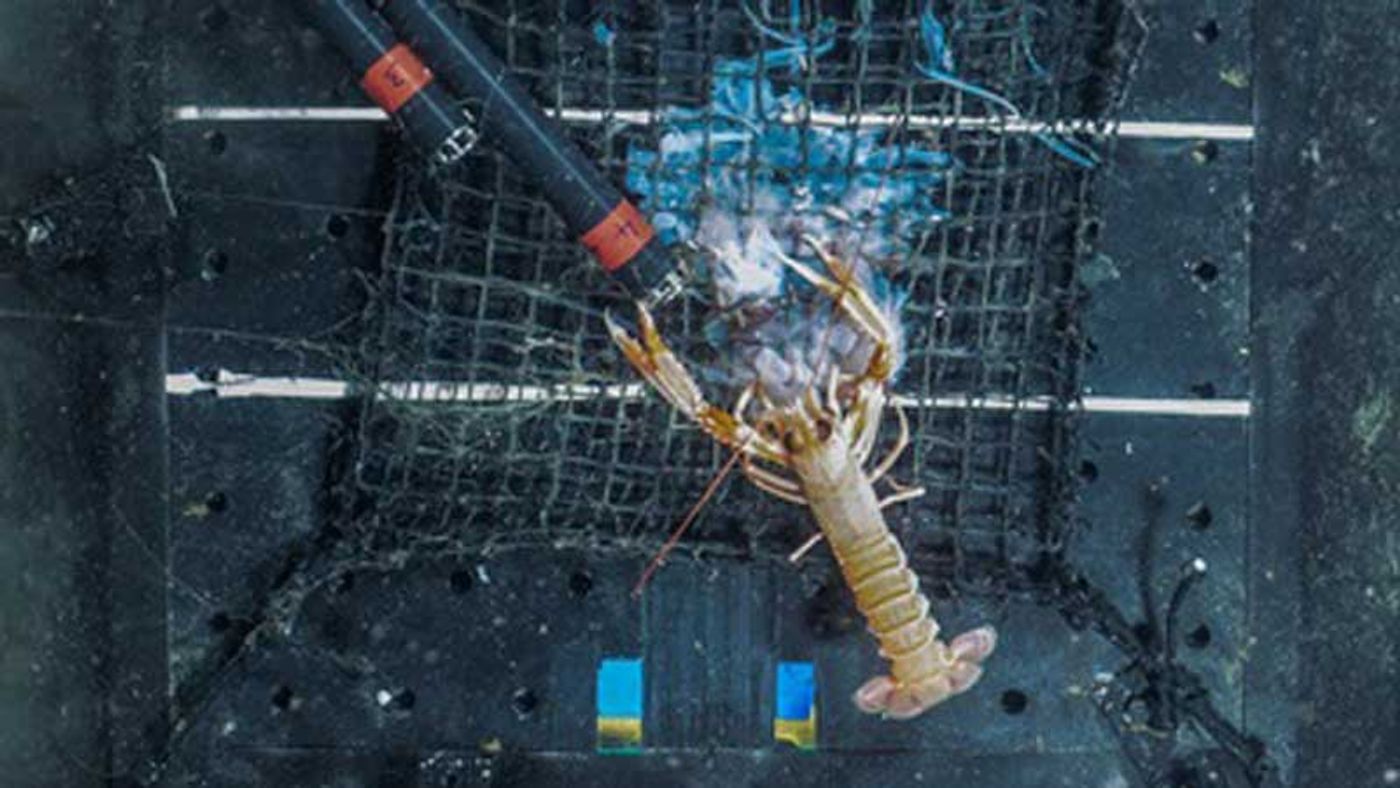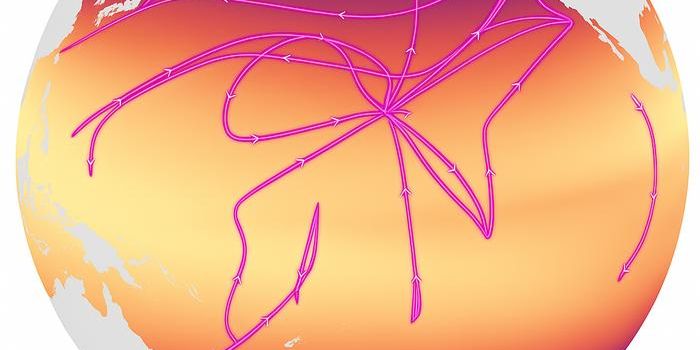Camera Footage Captures Norway Lobsters Swarming An Unsuspecting Food Source
Researchers have long thought that jellyfish blooms imposed negative impacts on the environment and surrounding marine wildlife, but a new study conducted by researchers from Heriot-Watt University suggests the opposite and has been published in the journal Scientific Reports.
The curious researchers baited waterproof cameras with helmet jellyfish carcasses and then dipped them 250 meters below the Sognefjorden in Western Norway. While they anticipated witnessing a few small critters visit the bait for a bite here and there, they instead saw something entirely unexpected.
Image Credit: Heriot-Watt University
In seemingly no time at all, several Norway lobsters came rushing to the scene and scarfed down most of the bait. The researchers say that this unexpected behavior suggests that the Norway Lobsters might have a taste for jellyfish, and it also hints that jellyfish blooms could potentially serve as vital food sources for various forms of marine wildlife.
"We had no idea that Norway Lobster, which is worth £78 million to Scotland alone, fed on the jellyfish carrion that sinks to the depths, so it was very exciting to capture this on camera," said Dr. Andrew Sweetman, a co-author of the study.
"The Norway lobsters' feasting was fast and furious. In both deployments, they located the jellyfish in under 25 minutes, scared the other scavengers away almost immediately and consumed over 50 percent of the carcass."
Related: NOAA captures incredible jellyfish footage in the Mariana Trench
It’s a rather significant finding considering that local commercial fisheries often harvest the Norway Lobster for the food market. On the other hand, the researchers still wanted to dig deeper into the situation; and so they did.
One of the questions they had was just how nutritious one of these jellyfish carcasses actually was to a Norway Lobster. In their research, they found that these critters could score approximately three months’ worth of energy from a single jellyfish meal.
"Jellyfish have historically been considered a 'dead end' in the marine food chain, and it was only in 2012 that we discovered that anything was using it as a food source," Sweetman continued.
"To discover that it's a potentially huge food source for one of the Atlantic and North Sea's most commercially important catches is really interesting, and raises questions about how jellyfish could contribute to sustainable commercial fishing."
Related: Do jellyfish actually sleep?
These fascinating findings raise additional questions concerning the jellyfish and the Norway Lobsters themselves. The curiosity will likely fuel further scientific research in the future, but only time will tell.
Source: Heriot-Watt University









